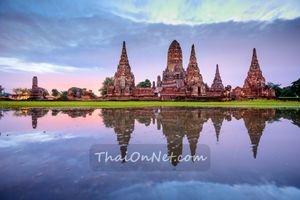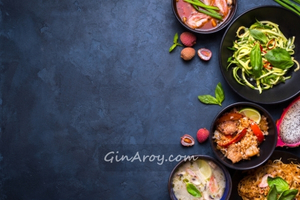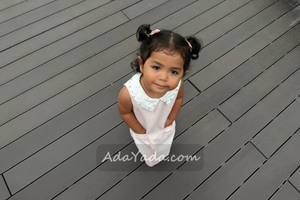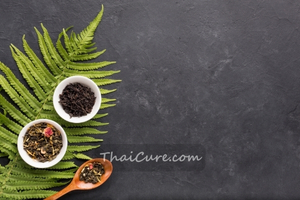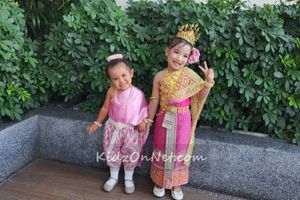- Introduction: Why Sustainable Toys Belong in Every Playroom
- The Rise of Eco-Friendly & Sustainable Toys
- How to Choose the Right Eco-Friendly Toy (and Avoid Greenwashing)
- Top 10 Sustainable Toys & Learning Tools for Kids
- 1) FSC-Certified Wooden Blocks
- 2) Montessori Busy Boards (Non-Toxic Finishes)
- 3) Organic Cotton Plush & Soft Dolls
- 4) Recycled-Plastic Building Sets (STEM-Friendly)
- 5) Bamboo Puzzles & Stacking Games
- 6) Natural-Wood Musical Instruments
- 7) Pretend-Play Sets (Eco Kitchens, Tool Kits, Doctor Sets)
- 8) Upcycled & Recycled Craft Kits
- 9) Outdoor Eco Toys (Sand Sets, Gardening Kits, Kites)
- 10) Subscription/Rotation Toy Libraries
- Beyond the Toy: A Sustainable Play Environment
- Where to Find Eco-Friendly Toys (and How to Buy Smart)
- Conclusion: Choose Toys That Teach Kids to Care
- FAQs
Introduction: Why Sustainable Toys Belong in Every Playroom
Parents everywhere are rethinking playtime. It’s not just about cute colors and flashing lights anymore; it’s about healthier materials, less waste, and products that teach children to love their planet as much as they love to play. That’s why interest in the best eco-friendly toys for kids has surged—families want toys that are safer, sturdier, and kinder to the environment.
In this guide, we’ll unpack what “eco-friendly” actually means (from FSC-certified wood and organic fabrics to recycled plastics and water-based paints), how to choose age-appropriate tools for learning, and the top ten picks that balance fun with responsibility. You’ll also find practical advice on toy rotation, secondhand buys, and thoughtful storage so your sustainable choices last longer.
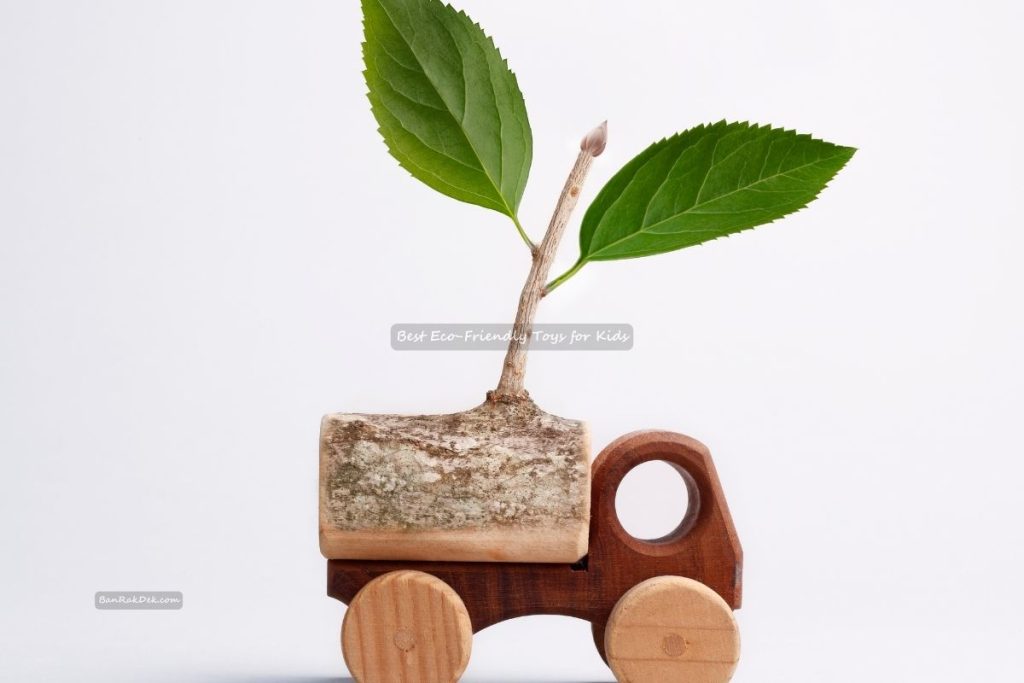
If you’re shopping for little learners, especially toddlers, keep an eye on sustainable toys for toddlers (Montessori & STEM). These options combine planet-friendly materials with developmental benefits—supporting fine-motor skills, sensorial exploration, and early problem-solving while modeling mindful consumption at home.
👉 “Starting your sustainability journey early? Don’t miss our guide on Eco-Friendly Baby Products for New Parents.”
The Rise of Eco-Friendly & Sustainable Toys
Over the past decade, parents have looked more closely at what toys are made from and how they’re produced. Safety and sustainability now sit side-by-side. “Non-toxic” isn’t a marketing garnish; it’s a baseline requirement. That means taking interest in materials (e.g., natural rubber, bamboo, FSC-certified wood, organic cotton) and finishes (water-based paints and natural dyes) that reduce exposure to unwanted chemicals such as BPA, phthalates, or PVC. The payoff is twofold: safer play for your child and a lower environmental footprint.
Durability matters too. Wooden toys, bamboo puzzles, and recycled-plastic building sets often outlast cheaper alternatives, making them ideal for siblings, hand-me-downs, and toy-library sharing. When toys survive years of play, you buy less—and waste less. That longevity is part of what qualifies products for the best eco-friendly toys for kids conversation in the first place.
Finally, sustainability is also about lifecycle thinking. Many eco-brands design packaging for recyclability, keep spare parts available, or engineer toys to be repairable. It’s a quiet revolution: better materials, safer finishes, and longer service life—proof that “green” toys can be both practical and delightful.
How to Choose the Right Eco-Friendly Toy (and Avoid Greenwashing)
Sustainable doesn’t equal boring. But to separate true eco-design from green-tinted marketing, use this checklist:
👉 “Love getting creative at home? Explore our step-by-step ideas in DIY Toy Projects for Kids.”
1) Materials that match your values
- Prefer: FSC-certified wood, bamboo, natural rubber, recycled plastic, organic cotton (GOTS-certified where possible), stainless steel, cork.
- Avoid/Limit: PVC, toys with strong chemical odors, and paints or finishes that aren’t specified as water-based or non-toxic.
2) Safety & compliance
Look for references to EN71 (Europe) and ASTM F963 (U.S.) toy safety standards. These frameworks help ensure mechanical, flammability, and chemical safety. Age grading matters: even eco-toys can pose a risk if pieces are too small for toddlers. Seek labels like BPA-free, phthalate-free, and PVC-free where relevant.
3) Developmental fit
Match toys to your child’s stage and interests. Montessori toys favor real-world skills (pouring, sorting, fastening) and open-ended exploration, while STEM learning toys introduce early science, engineering, and problem-solving. For young families, sustainable toys for toddlers (Montessori & STEM) provide a great bridge between curiosity and capability.
4) Design for durability
Sturdy joinery, thicker fabrics, and repairable pieces signal longevity. Consider whether parts can be replaced or repurposed. Heirloom-quality wooden toys often become keepsakes—an underrated form of sustainability.
5) End-of-life pathways
Recycled content is great, but what happens after years of play? Choose toys that can be recycled, composted (for untreated wood or cotton components), or easily passed on via resale or toy libraries.
Top 10 Sustainable Toys & Learning Tools for Kids
Below are versatile, age-spanning categories that reflect safe materials, thoughtful design, and meaningful play. Use these as a checklist or a buying roadmap—each entry notes why it’s sustainable, what it teaches, and how to get the most out of it.
1) FSC-Certified Wooden Blocks
Why sustainable: Responsibly sourced wood, simple construction, often finished with water-based paints.
Skills & learning: Open-ended play, spatial awareness, early math concepts, balance, and problem-solving.
Parent tip: Choose sets with mixed shapes and sizes for longer engagement. Blocks are a foundational pick among the best eco-friendly toys for kids because they grow with your child.
2) Montessori Busy Boards (Non-Toxic Finishes)
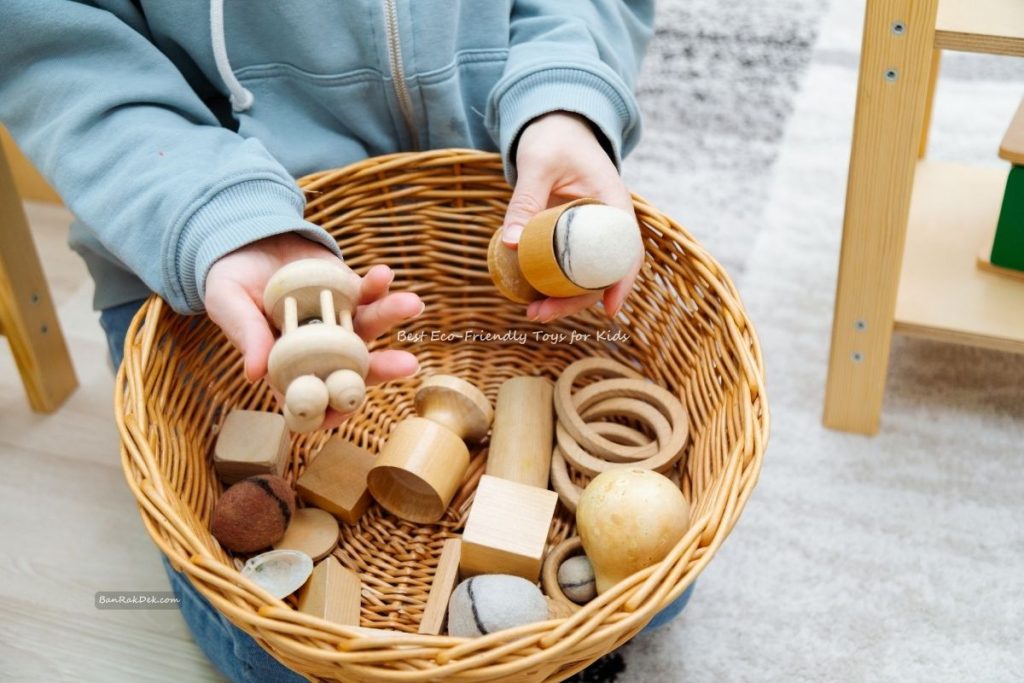
Why sustainable: Solid wood or sturdy recycled panels; avoids single-use plastics; uses safe finishes.
Skills & learning: Practical life skills (zippers, buckles, latches), fine-motor practice, concentration.
Parent tip: Ensure secure attachment of parts and age-appropriate fasteners. Excellent examples of sustainable toys for toddlers (Montessori & STEM) that feel purposeful rather than flashy.
3) Organic Cotton Plush & Soft Dolls
Why sustainable: GOTS-certified organic cotton and natural filling reduce chemical exposure; repairable seams extend life.
Skills & learning: Emotional regulation, imaginative play, empathy through role-play.
Parent tip: Look for removable, washable clothing and double-stitched seams to extend longevity.
4) Recycled-Plastic Building Sets (STEM-Friendly)
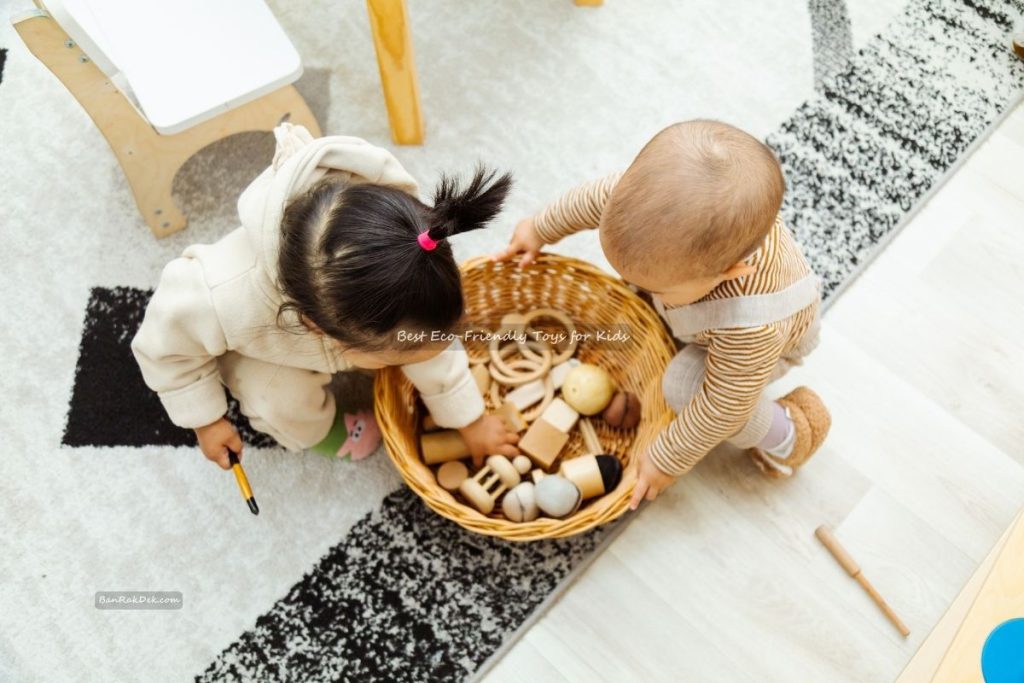
Why sustainable: Keeps plastic in circulation and out of landfills; often packaged minimally.
Skills & learning: Engineering thinking, fine-motor dexterity, patterns, early physics.
Parent tip: Choose open-ended kits to encourage creativity; label and store by color or function to build self-organization habits—hallmarks of the best eco-friendly toys for kids lists.
5) Bamboo Puzzles & Stacking Games
Why sustainable: Bamboo grows quickly with minimal resources; components are durable and biodegradable (when uncoated).
Skills & learning: Hand-eye coordination, sequencing, persistence, and early problem-solving.
Parent tip: Progressive difficulty (from simple shapes to layered puzzles) stretches attention spans.
6) Natural-Wood Musical Instruments
Why sustainable: Wooden bodies, natural oils, or water-based finishes; minimal plastic hardware.
Skills & learning: Rhythm, auditory discrimination, bilateral coordination, early music appreciation.
Parent tip: Start with shakers and xylophones; introduce drums and recorders later to protect little ears.
7) Pretend-Play Sets (Eco Kitchens, Tool Kits, Doctor Sets)
Why sustainable: Wood, bamboo, recycled plastic components; designed for years of storytelling.
Skills & learning: Language development, empathy, social skills, executive function (planning and sequencing).
Parent tip: Add real-world props—reusable cloth shopping bags, wooden “groceries”—to build practical life skills the Montessori way.
8) Upcycled & Recycled Craft Kits
Why sustainable: Encourages reusing materials; many kits include recycled paper, cardboard, or plant-based glues.
Skills & learning: Creativity, fine-motor control, early design thinking, appreciation for circular economy.
Parent tip: Keep a “maker bin” with safe offcuts (cardboard tubes, fabric scraps, bottle caps). It’s budget-friendly and eco-wise.
9) Outdoor Eco Toys (Sand Sets, Gardening Kits, Kites)
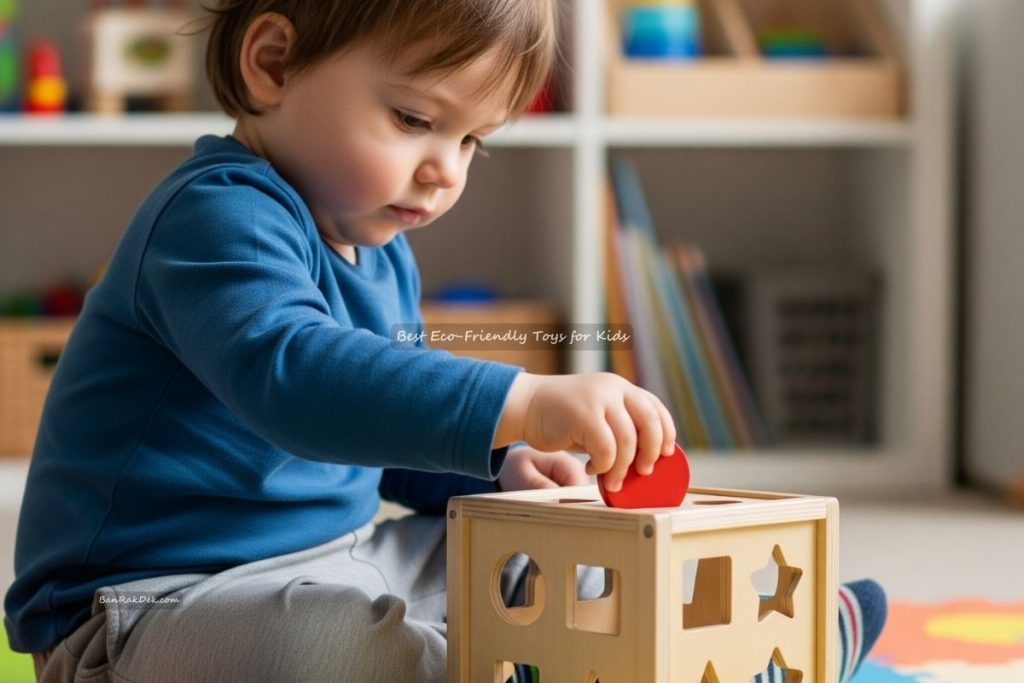
Why sustainable: Recycled plastic buckets and tools, wooden handles, metal pails, or compostable materials.
Skills & learning: Sensory exploration, gross-motor skills, early ecology lessons through gardening.
Parent tip: Gardening kits teach responsibility and patience; caring for a plant turns play into a science lesson.
10) Subscription/Rotation Toy Libraries
Why sustainable: Access over ownership; you share high-quality toys without long-term waste.
Skills & learning: Novelty feeds curiosity; rotating categories (blocks one month, instruments the next) supports broad development.
Parent tip: If a toy library isn’t nearby, create a home rotation: store half the toys away and swap them monthly to refresh interest.
Beyond the Toy: A Sustainable Play Environment
Toy rotation is sustainability’s secret weapon. Instead of buying more, you make the toys you already own feel new again. Rotate by theme (STEM one week, pretend play the next) or by skill (fine-motor vs. gross-motor), and watch attention spans grow.
Thoughtful storage also matters. Use bamboo baskets, fabric bins made from recycled materials, and low, open shelving so children can see and select toys independently—key to Montessori-style independence. Label shelves with picture cards for toddlers, and set up simple “return homes” for each item to build a clean-up habit.
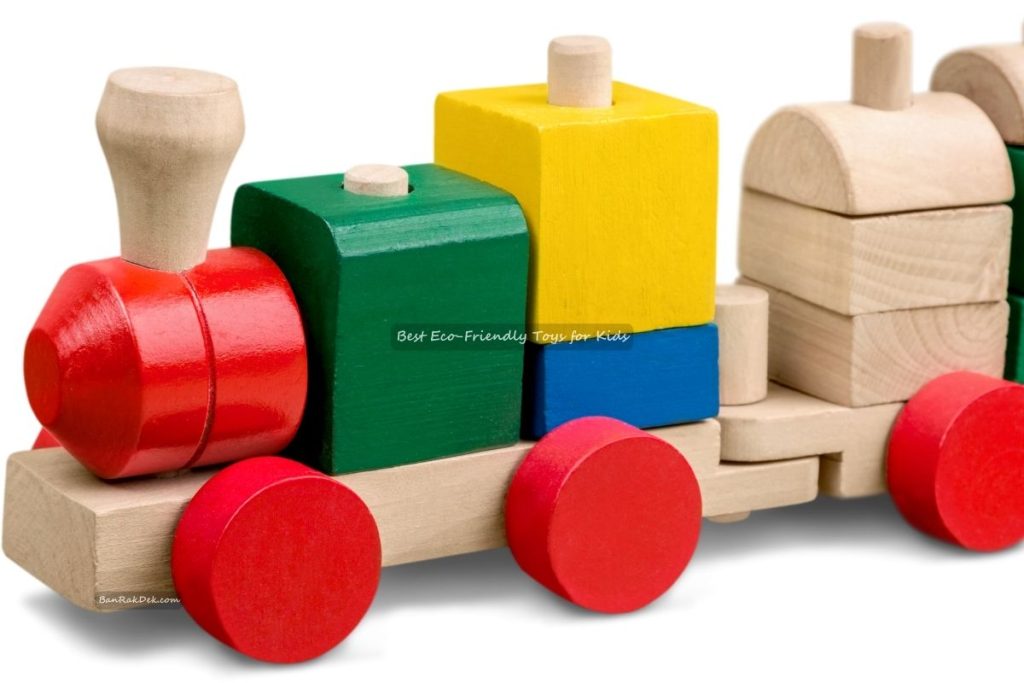
Don’t overlook secondhand: thrift stores, community groups, and parent swaps are goldmines for wooden blocks, puzzles, and gently used plush. Heirloom-quality toys are designed to be loved by many families. That’s real zero-waste thinking.
Where to Find Eco-Friendly Toys (and How to Buy Smart)
Start with brands and shops that publish material details (e.g., FSC-certified wood, GOTS-certified cotton, recycled plastic) and reference EN71/ASTM F963 testing openly. Look for repair policies, spare-parts availability, and minimal packaging. If budget is a concern, filter by “open-ended” categories; a single versatile set of blocks or magnetic tiles can support years of play across ages.
Shopping checklist:
- Materials: wood/bamboo/natural rubber/organic cotton/recycled plastic
- Finishes: water-based paints, natural oils
- Labels: BPA-free, phthalate-free, PVC-free
- Safety: EN71 / ASTM F963 compliance
- Longevity: replaceable parts, sturdy joinery, washable components
- Lifecycle: recyclable/compostable parts, repairable designs, secondhand resale value
Smart buying isn’t about perfection; it’s about progress. Start where you are, add one eco-friendly toy at a time, and build a collection that reflects your values.
Conclusion: Choose Toys That Teach Kids to Care
Sustainability is a habit we pass down by example. When children see that their favorite toys are made from natural materials, repaired instead of tossed, and shared with friends, they learn that caring for the world is part of everyday life. That’s the spirit behind the best eco-friendly toys for kids—they’re safe, engaging, and built to last.
For younger families, sustainable toys for toddlers (Montessori & STEM) create a powerful foundation: curiosity meets responsibility. Whether you start with wooden blocks, recycled-plastic builders, or a toy-library subscription, the goal is the same—play that nurtures minds and respects the planet.
FAQs
1) Are eco-friendly toys more expensive?
Sometimes, yes—sustainably sourced wood, organic fabrics, and small-batch manufacturing can cost more. But durability offsets the price over time. Heirloom-quality toys can serve multiple children, be resold, or donated, reducing overall spend and waste.
2) What makes a toy “non-toxic”?
Look for EN71 or ASTM F963 compliance, water-based paints, and labels like BPA-free, phthalate-free, and PVC-free. Materials such as FSC-certified wood, bamboo, natural rubber, stainless steel, and organic cotton are reliable starting points.
3) Which eco options suit babies and toddlers?
Soft organic cotton dolls, large-piece bamboo puzzles, sturdy wooden blocks, and Montessori busy boards. For families prioritizing learning, sustainable toys for toddlers (Montessori & STEM) blend sensorial discovery with early problem-solving.
4) How do I avoid greenwashing?
Favor brands that publish material details, safety testing, and repair/parts policies. Verify certifications (FSC, GOTS) and look for clear statements about finishes (e.g., water-based paints). If a claim sounds vague, it probably is.
5) What’s one simple step to be more sustainable with toys?
Adopt toy rotation. It reduces clutter, extends the life of what you already own, and keeps curiosity high. Pair rotation with secondhand shopping, and you’ll cut costs while modeling mindful consumption.

